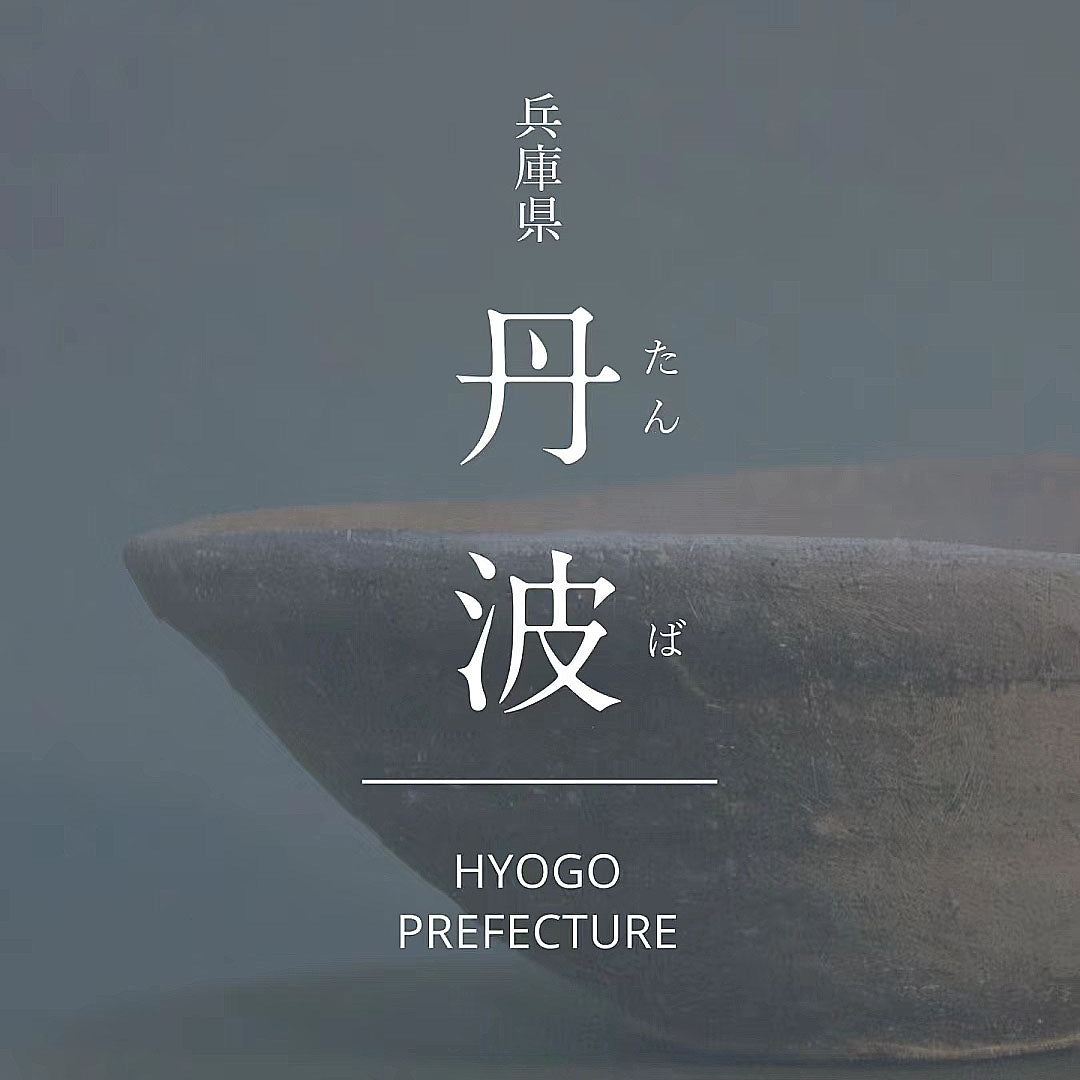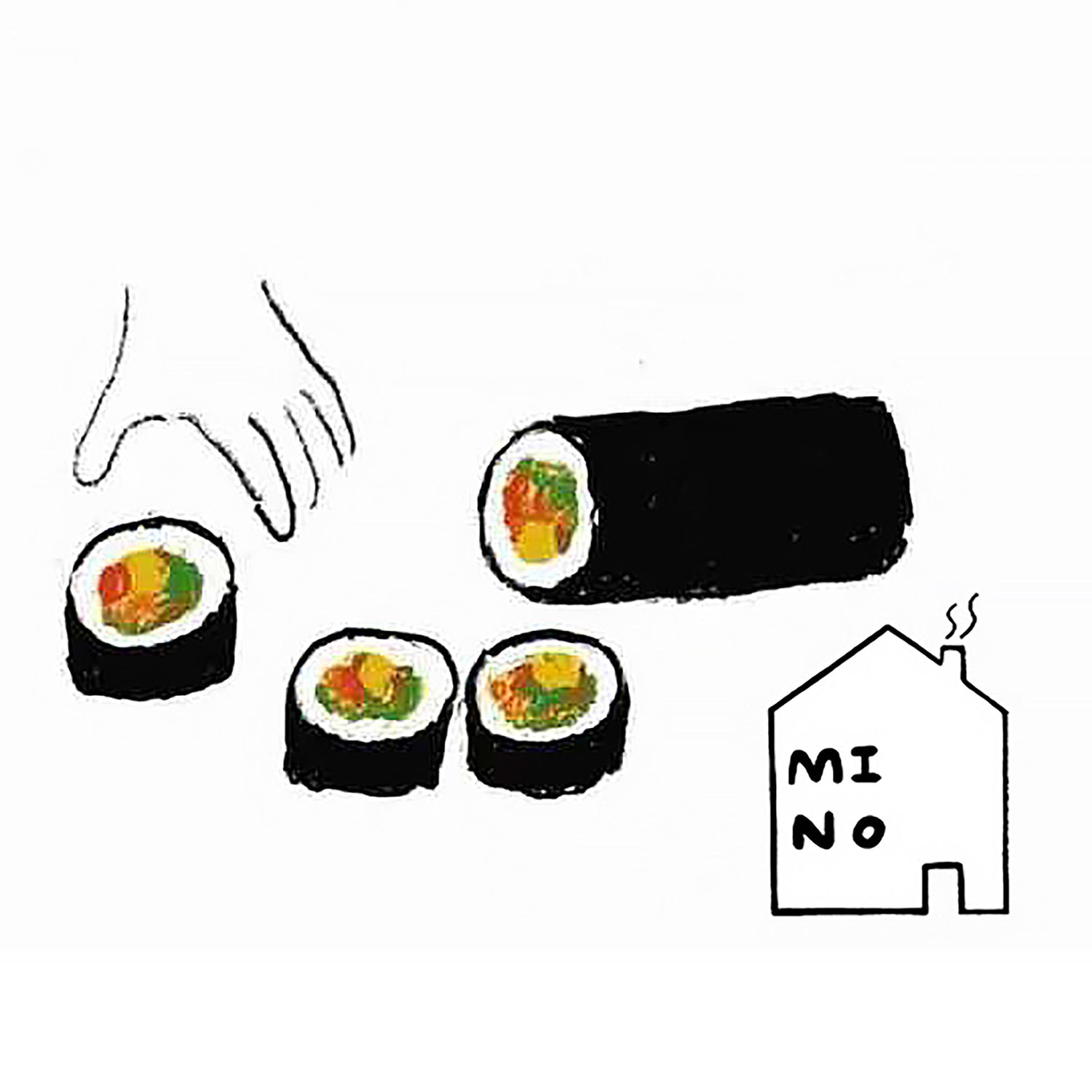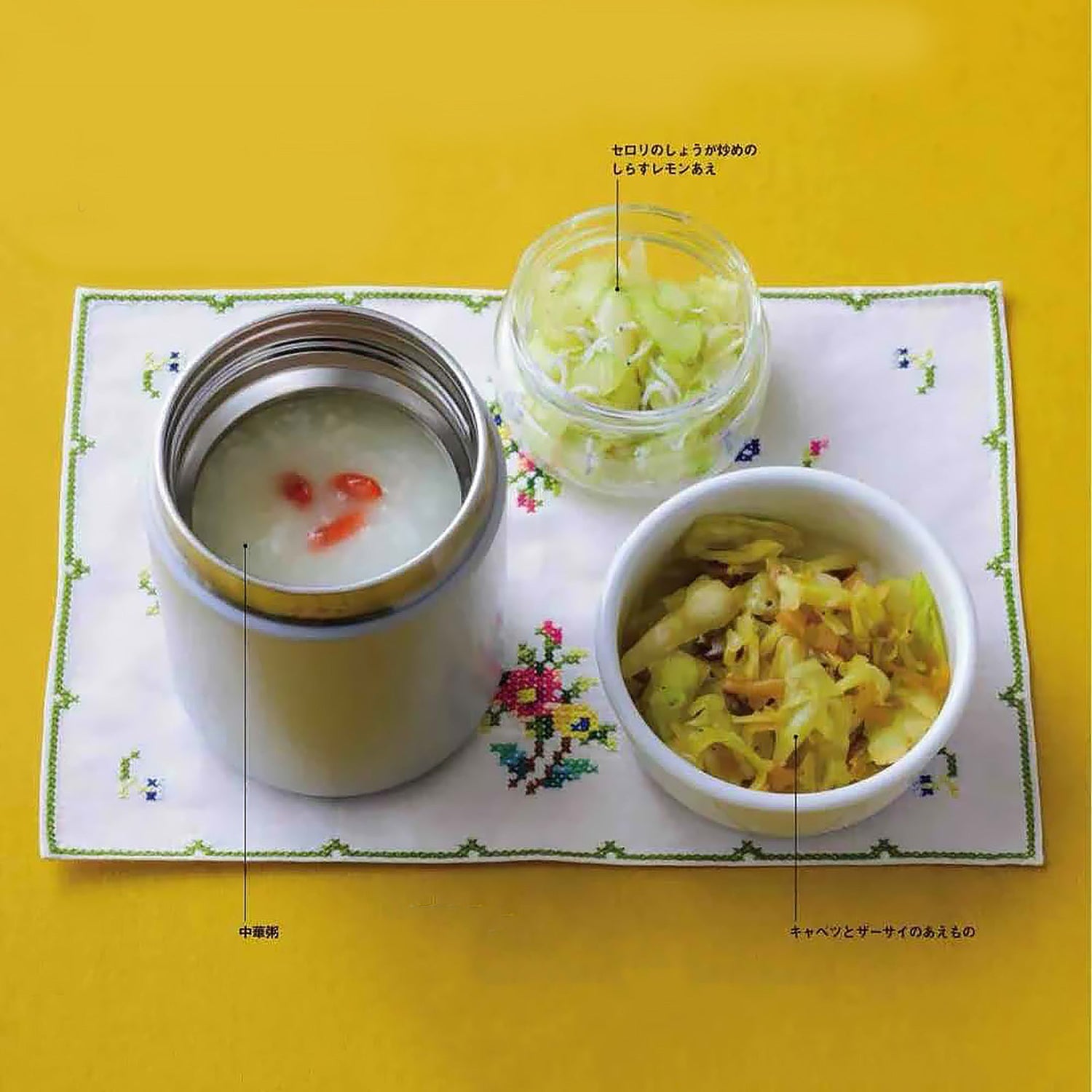

• Total population: 42,093 (as of January 2018, Heisei 30)
• Climate: average temperature of 14.3°C, annual precipitation of 1,727.5 mm (in 2017, Heisei 29)
• Local products: ceramic industry, Tamba-Sasayama black beans, Tamba-Sasayama yams, Tamba chestnuts, Tamba matsutake mushrooms, Tamba tea, Tamba cotton, etc.
• Number of ceramic factories: 60, with 130 employees (in 2018, Heisei 30)
(Peak [1845]: 111 factories, number of employees unknown)
• Sasayama Castle was built in 1609 by order of Tokugawa Ieyasu. From autumn to winter, the Tamba fog, which is said to be beneficial to crops, envelops the area. The town is also known as the birthplace of the folk song "Dekansho Bushi".

Located in the mountains near Kyoto and Osaka, the town of Tamba-Sasayama enjoys a climate favorable to the drying of ceramics. The history of Tamba pottery dates back to the Heian and Kamakura periods, with initial production in kilns dug to meet local needs. Later, the introduction of the Korean-style semi-buried kiln allowed for increased production. Potters adopted new techniques, improved the quality of the clay, and developed a wide variety of designs and uses. Even today, Tamba pottery continues this tradition by creating ceramic objects that are close to everyday life.

Tamba pottery is not limited to a single technique, but adapts to the needs of each era by producing various everyday objects. Like Tokoname and Echizen ware, it uses flame kilns where the ash forms a shiny natural glaze, creating beautiful decorative patterns. With the introduction of the step-kiln technique, a variety of glazes appeared, including those made from wood ash, rice straw, and chestnut shells. Today, these glazes, as well as those made from earth ash, iron (black glaze), and white glaze, are still in use.

One reason for the longevity of Tamba pottery is its close connection to everyday life and its ability to constantly renew itself. In its early days, Tamba pottery was influenced by Tokoname pottery. Until the Muromachi period, the objects were mainly characterized by rounded shapes with widely flared rims. However, by the end of this period, this style evolved into more durable models called "tamasen". With the popularization of porcelain, the production of ceramic sake vessels declined, giving way to items such as acid-proof vessels and gardening utensils. Adapted to the needs of each era, Tamba pottery continues to produce utilitarian objects related to everyday life.

In response to the needs of daily life, Tamba pottery produced items that were suited to the lifestyles of the time. At one time, demand for utilitarian items such as jars, pots and mortars increased rapidly due to the shortage of basic necessities, leading to an increase in production. However, after a period of saturation of this demand, the introduction of the mechanical wheel allowed the mass production of pre-war industrial products, such as sulphuric acid bottles, pipes, as well as teapots, bowls and ceramic tiles sold at railway stations. This brought about a great change in traditional Tamba pottery. It later evolved into a folk craft, producing contemporary items such as kitchen utensils and vases, suited to the modern lifestyle.

During the Edo period, Tamba ceramic teapots, known for their distinctive red clay, and mortars were exported in large quantities to cities such as Kyoto, Osaka, and Edo. In 1654, the "Yazaza" management system was instituted, allowing a monopoly on the production and sale of these products, and later this management came under the control of the Sasayama Domain. Thanks to this, Tamba pottery spread throughout the country. Due to the preservation of traditional techniques and ancient kilns, Tamba pottery was highly valued artistically by figures such as Yanagi Muneyoshi and Bernard Leach in the early Showa period.

Heian Period - Birth of Tamba Ware Ancient Tamba pottery, mainly jars and pots decorated with engraved designs, have been discovered in the remains of the abandoned Sambonmatsu kilns in Imada City. This period is considered to be the beginning of Tamba ware production.

Kamakura Period - Muromachi Period
The Tamba-yaki Pit Kiln Era Before the Edo period, pit kilns were built on mountain slopes for firing ceramics. This method allowed easier access to raw materials such as clay and fuel, using the slope to structure the kilns. During this period, large pottery was made, such as water jars, oil pots, and seed jars, often wrapped in rope.

Edo period
The Introduction of the Chasuble Oven and the Tamba-yaki Revolution
In 1592 (Keichō 16), the technology of the chasuble kiln was introduced to Japan from Korea. This type of kiln made it possible to fire large quantities of products at one time. At the same time, the use of the potter's wheel became widespread, making mass production possible. This period marked an innovative era for Tamba ware. With the introduction of these new technologies, the quality and variety of products improved considerably compared to medieval times. New types of products, such as teapots, pepper pots, and serving bowls, emerged. This period also saw the emergence of new glazes and techniques.

Meiji to Early Showa Period
The Evolution of Tamba-yaki in Response to the Needs of the Times
In the early Meiji period, with the development of railways and trucks, the distribution of Tamba ceramics expanded throughout the Kansai region. At that time, the main products were one-liter jars for alcohol and soy sauce. During the Taishō period, production evolved to intermediate-sized jars, and in the early Showa period, production adapted to contemporary needs by shifting to flower pots and other items. In addition, during the Sino-Japanese War in 1937, wartime demand led to mass production of sulfuric acid bottles. During World War II, an armament manufacturing workshop was established to produce ceramic containers for land mines and explosives.

Shōwa Period to Present
The Wars and Development of Tamba-yaki
In the early Shōwa period, the Folk Art movement played a key role in recognizing the aesthetic qualities of Tamba-yaki. Tamba ceramics received high praise from figures such as Shōji Hamada, Kanjirō Kawai, and Bernard Leach, which helped to increase their global reputation. In 1958, at the Ceramics Pavilion of the Brussels World's Fair, a firepot made by Hiroyuki Ichino won an award, marking the international recognition of Tamba-yaki.





